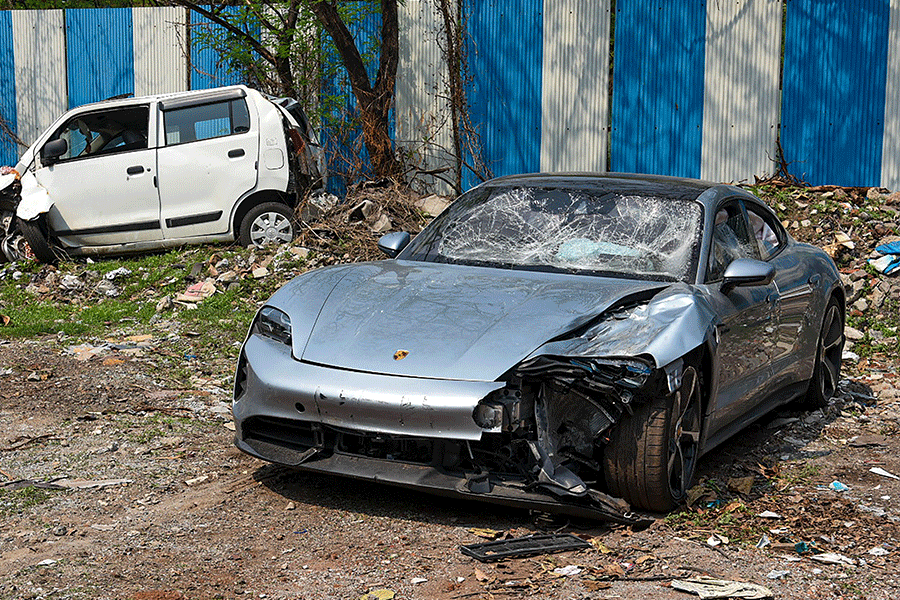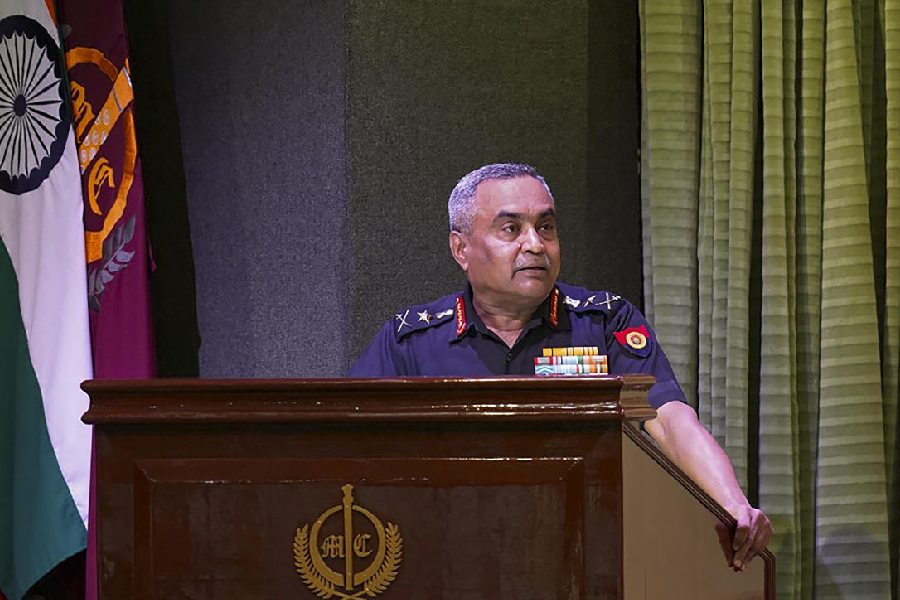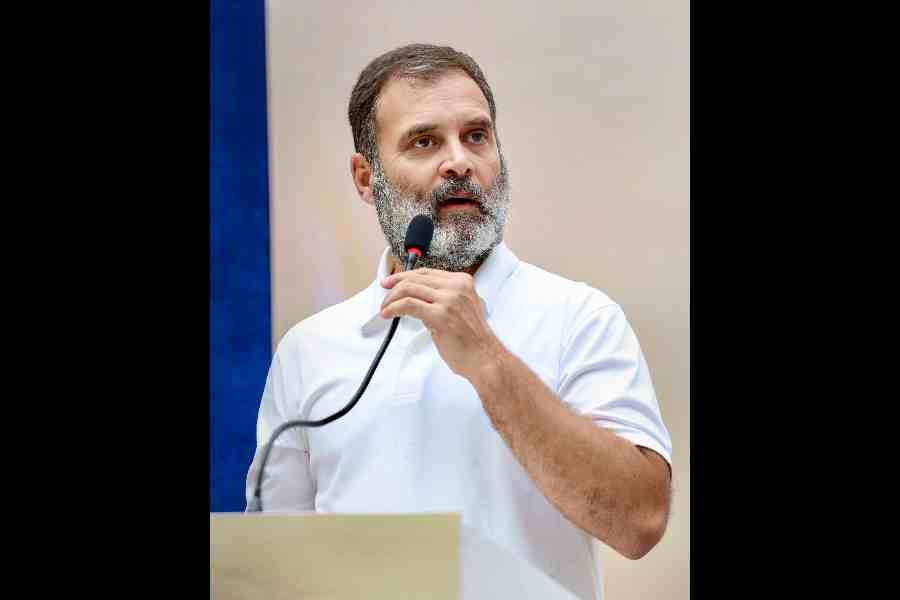Khap panchayats have been discussed as part of the indigenous imaginings of juridical systems. It is imperative to analyse the various traditions of justice-delivery mechanisms from a more discursive standpoint of claims and counter-claims in pursuit of better solutions to conflicts and emergent social problems.
The University Grants Commission’s mandate for teaching the “democratic traditions” of khap in educational institutions lacks the constructive, multidimensional proposition necessary for understanding a phenomenon as complex as khap. It is being taught in various institutions mostly from a critical theory standpoint. Though their juridical composition seems to have some traits of early democratic systems, it lacks the rigour of theory and philosophies involved in formulating laws to reach out to the marginalised in delivering justice.
In 2012, the Law Commission, enquiring into the matter of honour killings, had proposed prohibiting khaps. The idea of banning khaps was futile; but projecting the khap’s juridical system as an exemplar of democratic practices, which the UGC teaching mandate insinuates, is even more detrimental. Such courses could pander to the unjustified claims of khaps in seeking the modern State’s legitimacy. In the past, khaps have appealed to the State asking for the status of Lok Adalats, which are an alternative and non-adversarial system of dispute resolution.
Traditionally Jat communities’ social and juridical arrangements are based on institutional set-ups comprising gotra (clan) relations within a well-defined and systematic political structure broadly categorised as Sarv Khap, Khaps, Thamba, Thok, Khandan and Kutumb in their order of hierarchy and size. In recent history, Dalits and other communities were also roped within the khap fold to extend its political and structural influence. It is believed that Mahendra Singh Tikait did so during the Bharatiya Kisan movement to create an overall canopy of khaps. The communities that were inducted into the khap structure also started having their designated chaudharies according to their gotras. Dalits of the khap regions have a peculiar system of gotras. Some of the gotras of Dalit communities in the Muzaffarnagar region of Uttar Pradesh are Tussamar, Parchcha,Dheengan, Lohat, Janjotha, Chindalya, Tank, Sorha, Kalsaniya, Karaundhia and Mithaliya. Dalit communities of the region trace their gotras from their ‘satis’ who are believed to be unmarried virtuous Dalit women. Among Dalit communities, one or two gotras have one head or chaudhary. Each chaudhary bears the responsibility of five to six villages, unlike the Jat gotra chaudharies who have a much wider jurisdiction.
Interestingly, even imposed participation makes the participants agents of those institutions who simultaneously perform and subvert institutional norms. After they are conscripted into the power structure, they do not merely remain subjects vulnerable to institutional control. In an anecdotal showdown between two chaudharies, Mahendra Singh Tikait and Kalu Chaudhary of Jat and Dalit communities, respectively, belonging to the Baliyan khap, the latter stood his ground and asserted his equal and fair right to be heard. In their attempt to dominate other communities, the Jats have inadvertently opened up new avenues of contestation. A careful examination is warranted on how traditional systems of authority are altered by forces from within and, consequently, claims over those systems expand beyond the dominant narratives of the original claimants.
Even the strongest of institutions need scrutiny. Particularly in an age where the idea of preservation and promotion of indigenous cultures is being packaged as a mix of cultural nationalism and patriotism. Often, these fluid ideas bleed into each other, heightening tensions among communities. The UGC and educational institutions should be mindful of the complex nuances of a proposal like this.
Tarushikha Sarvesh is an Assistant Professor of Sociology, Aligarh Muslim University










